Review: Samsung Galaxy S II for AT&T
Sep 28, 2011, 11:41 AM by Eric M. Zeman
Phone Scoop looks at the Galaxy S II smartphone for AT&T's network. While this version packs a smaller screen than its larger brothers, there are some surprising benefits. Read on for our full take.
Form
Is It Your Type?
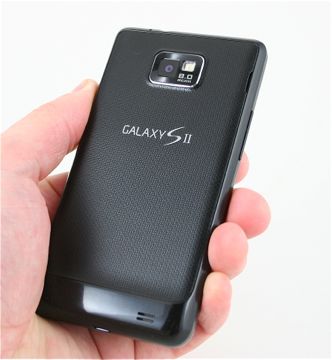
The Samsung Galaxy S II is yet another flagship Android device available from AT&T (these things tend to show up pretty regularly, it seems). With its roomy screen, thin profile, speedy performance, and powerful media capabilities, there's little to dislike. More importantly, however, Phone Scoop digs in to see what sets this version apart from the other Galaxy S II's, being sold by Sprint and T-Mobile.
Body
The Galaxy S II for AT&T is slightly (and we mean slightly) smaller than its siblings, thanks to its 4.27-inch display. The others have larger, 4.5-inch displays, which in turn stretches their overall dimensions a wee bit. The AT&T S II is perfectly rectangular in shape, with gently rounded corners. It dwarfs most other phones placed next to it, but is still approachable.
How does it feel? As with many of the Samsung Galaxy S phones, it feels cheap thanks to the glossy and creaky plastics. I'm not a fan of the materials Samsung has chosen for its Galaxy devices, and the Galaxy S II makes no improvements there. It is slippery, and collects finger oils like no other device I've used in recent memory. The smooth surfaces do help it slip into pockets, assuming the pocket is large enough to accommodate it.
With 4.27-inches of Super AMOLED Plus display stretching across the face of the Galaxy S II, there's little room for anything else. Samsung did manage to place four capacitive Android keys at the very bottom edge. They all worked fine.
Other controls are kept to the bare minimum. On the left, you'll find the volume toggle in its customary place. It doesn't protrude as much as I would like, making it difficult to locate in a hurry. Travel and feedback are lackluster. The power/lock button is opposite the volume toggle on the right side. I like the power/lock key to be on the top of the phone, but Samsung sees things differently. The power/lock button also doesn't stick out quite enough, meaning your thumb has to slide along a good portion of the Galaxy S II's edge before locating it. Travel and feedback were acceptable, but just barely.
The microUSB port is tucked into the bottom edge. The 3.5mm headset jack is where I like it to be, on top.
The battery cover — which is identical to most current Galaxy S phones — peels off easily enough, but it's extremely flimsy. The huge battery is accessible once the cover is removed. The SIM card can be taken out without removing the battery, but the microSD card port is buried under the battery. Usually, it's the other way around. This is unfortunate, as it makes hot-swapping the microSD card impossible.
Over all, the Galaxy S II is an impressive phone. It may lack some features (like a dedicated camera button) and takes a me-too approach to its design, but the hardware works as it should.
The Three S's
Screen
The Galaxy S II's 4.27-inch Super AMOLED Plus display isn't that much different from Samsung's other recent offerings. It has the standard 480 x 800 pixel count found on many Android devices. The Galaxy S II's display is bright both indoors and out. Not even direct sunlight put too much of a damper on its viewability. It was sharp, crisp, colorful, and easy on the eyes. Samsung's Super AMOLED Plus displays continue to be excellent.
Signal
The Galaxy S II was reasonably good at attaching itself to AT&T's network. Traipsing about northern New Jersey, it ranged between 2 and 5 bars, and never lost the signal entirely. In Manhattan, it had a little bit more trouble, but still held onto the network without a hiccup. I didn't miss any calls while testing the Galaxy S II, but I had trouble connecting two from NYC. Data speeds were inconsistent. When there was good coverage, data speeds excelled, but when coverage was not good, web sites slowed down noticeably. It performed on par with other AT&T devices in the same environment.
Sound
The voice calls I made with the Galaxy S II on AT&T's network sounded very good. Most were loud, free of noise, and consistent in their timbre. I didn't hear any network-based gibberish and the earpiece broadcast clear, conversations. It can be set to a loud — but comfortable — volume so calls can be heard in noisier environments. The speakerphone also sounded very good. Use of the speakerphone did not introduce any unwanted interference, and it could be set loud enough to handle conversations in even the largest board room. Ringers and alert tones were extremely loud, but I thought the vibrate alert was a bit weak.
Battery
The Samsung Galaxy S II for AT&T lasted a full day of intensive use in New York City. I unplugged it at 5:30 AM, and it was still going — though just barely — at midnight. It died off completely that night, since I forgot to plug it in to charge it. On other days, it did just a little bit better, lasting a full 24 hours between charges. For heavy users, the GS II will need to be plugged in each night, unless you have access to a charger during the day.
Basics
Menus
The Galaxy S II runs Android 2.3.4 Gingerbread with the newest version of Samsung's TouchWiz.
Samsung has reduced the intrusiveness of the latest TouchWiz when compared to past versions. The main menu looks and acts just like other Galaxy S II phones, such as the recently reviewed Epic 4G Touch, though with the obvious AT&T customizations and software.
The newest TouchWiz has a handy widget for collecting information on the home screen panels. It can be used to place all sorts of content from the web on the home screens, including RSS feeds, weather, news, email, social networks, and so on. The design of these widgets is clean and crisp, and they don't slow down the Galaxy S II overall.
The coolest new TouchWiz feature is the ability to adjust all the home screens at the same time. Pressing and holding the home screen brings up a new dashboard that lets users customize each of the home screens from one spot rather than adjusting each screen one-by-one.
The user interface was NASCAR fast. I was able to jump from app to app and screen to screen with zero delay. With a dual-core processor under the hood, it has plenty of power to get things done and it performed well no matter what I threw at it.
Calls/Contacts
The calling and contacts applications on the Galaxy S II don't appear to make any significant changes over previous Samsung Android phones.
The software dialpad pops up when the phone button is pressed. From there, it is easy to access the call log, favorites, and the main contact list.
The Galaxy S II for AT&T includes the same Samsung "Buddies Now" home screen widget found on other recent Galaxy-branded smartphones. It lets you populate home screen panels with links to up to nine buddies. It loads up a full-screen carousel with the faces of your nine top friends. Scroll through the list for easy access to calling and messaging tasks via the action bubbles that appear in the widget next to your friends' avatars.
If you want to look at a buddy's entire contact card, simply press their face and you'll be taken into the contact application. This app can be used instead of creating individual contact shortcuts on the home screen.
Messaging
The stock Android messaging tools are on board and cover the basics with aplomb. The SMS application remains simple yet powerful. Messages are threaded in a conversational style, and media (photos, video, audio) fall in-line with the text. The usual two Android email applications are also present. There's the generic email app for POP3/IMAP4 and Exchange, as well as the native Gmail application.
On the instant messaging side of the equation, the stock GTalk application is on board for Google users, but a catch-all application for other services is missing. If you want to chat via AIM, Yahoo, or Windows Live, you'll need to seek out a third-party solution from the Android Market.
As with the Epic 4G Touch, Samsung's Social Hub is on board the Galaxy S II for AT&T. It lets you manage nearly everything — email, SMS, Facebook, Twitter, even your calendar — from a single portal. It takes a little bit of time to configure, but once you do, it can be your one-stop-shop for managing communications.
It is a convenient tool if you prefer to triage messaging rather than really dive into it. For example, if you wanted to skim through messages quickly, it is easy to jump from Facebook to Twitter and back without having to jump between applications.
Speaking of which, Facebook and Twitter aren't pre-installed, so you'll have to download them yourself.
Extras
Media
Media Hub
The Galaxy S II comes with Samsung's Media Hub. It is sort of like the BlockBuster Android application. Users can access the Media Hub to download movies and television shows on the Galaxy S II, but not music. Rental fees and sale prices vary by title.
AllShare is on board for those who like to share their multimedia files with DLNA-compatible devices, such as HDTVs.
Music
The Galaxy S II uses the same slightly customized version of the Android Music player application that Samsung has loaded on all its Android phones in the last six months. It includes an attractive carousel for sorting through music, and user-adjustable equalizers for shaping the sound.
Music can be played back through attached headphones, or sent via Bluetooth to properly-equipped Bluetooth devices. Sound quality of music playback was quite good.
There are no third-party music applications preinstalled such as Slacker or Pandora, though they are easy to find in the Android Market. There aren't even any AT&T-branded music services on board the Galaxy S II.
Video
As far as video goes, the Galaxy S II has the stock Android video player application, YouTube application, and AT&T TV & Movies application on board. It also has the Android Movies application, which is a Google-run app for renting and buying movies. The Galaxy S II easily handled video content that I side-loaded, and I found the Galaxy S II great for watching movies thanks to the roomy and vibrant screen.
Camera
Camera
The Galaxy S II uses the same camera software as found on the Epic 4G Touch and other Galaxy-branded phones from Samsung. The viewfinder window is busy with controls running down both sides. You can select the shooting mode (single, panorama, beauty, cartoon etc.), set the flash, the exposure, or dive into a fuller settings menu.
The main camera settings menu is extensive and lets advanced users adjust nearly every facet of the camera and picture-taking experience. Exposure, scene/setting, metering, ISO, and more can all be tweaked.
The Galaxy S II has touch-to-focus, and will lock onto anything you want in the viewfinder. Focusing is extremely fast, and then the image is captured immediately.
My one complaint? No physical camera button. Samsung has given up on including dedicated camera buttons on its high-end devices. What reasoning lies behind this decision is baffling to me.
The camcorder software behaves in exactly the same manner as the camera.
Gallery
The Galaxy S II makes use of the stock Android 2.3 photo gallery software. Images are stored in floating stacks based on date. The view of the gallery can also be switched to a more linear timeline view. Once you dive into the gallery or photo you want, you'll find more of the same stock Android behavior.
The on-board Android gallery is also excellent when it comes to editing photos. It supports a wide range of tools for adjusting images after the fact, and makes sharing images through MMS, email, social networks, etc., a breeze.
The Galaxy S II also boasts a third-party photo editor application, as did the Epic 4G Touch. The application can access photos via the on-board gallery or take new ones and then be used to perform a wide range of edits.
Crop, rotate, and zoom are all supported, as is the ability to make selections and copy them to a clipboard for pasting into other apps, such as Gmail. The app also lets users adjust saturation, contrast, brightness, grey-scale, and exposure. It includes effects for added creativity and plenty of options for sharing when you're all done editing.
Last, the Galaxy S II for AT&T offers a third-part video creation/editing application. The video editing app lets you piece videos clips together with photos and/or music tracks to create one masterwork. The app can add a limited number of themes to videos, as well. It isn't as feature-rich as a desktop app would be, but it covers the basics well enough.
Photos/Video
Photos
As with its Galaxy S II brethren, the AT&T variant has an 8-megapixel sensor and a bright LED flash. Most of the pictures I captured were excellent in quality. Focus was crisp, colors were accurate, white balance was balanced, and they showed a warmth that made them pleasing to the eye.
Use of the flash was particularly helpful. The flash is extremely bright, and it fires off several bursts before the picture is taken to help with focus. The end result is indoor shots that look almost as good as those taken on a sunny day.
Video
The Galaxy S II can also capture 1080p HD video. I thought the quality of the video was excellent. The AT&T S II showed none of the problems that I saw with the Epic 4G Touch, and delivered consistently good results. The clarity of the video was the most impressive trait, but colors and white balance all looked good, too.
Shareable? You betchable!
Browse/Customize
Browser
The Galaxy S II comes with the stock Android browser. With the capable processor and HSPA+ on board, it is a solid browsing device. When under strong AT&T coverage, browsing sessions were a joy. Web pages loaded in the blink of an eye. This phone - more than others I've recently tested - took a performance hit when under weak network conditions. Strong signal equals fast browsing; weak signal equals inconsistent browsing.
Customize
Samsung's new version of TouchWiz is a pleasant upgrade from previous versions in that it's not as "in-your-face." But it also means that the phone is easier to customize and make your own. With seven customizable home screen panels and widgets a-plenty, there's little you can't control.
Extras
Apps
AT&T did not take it easy with the Galaxy S II. There are a solid number of AT&T-branded apps on board, which include AT&T Code Scanner, AT&T Family Map, AT&T TV, myAT&T, AT&T Navigator, and YPmobile. Add these to the Samsung-branded apps, and you have plenty to choose from before you even open the Android Market.
Bluetooth
The Galaxy S II supports mono/stereo Bluetooth headsets. Pairing and connecting was no problem, and sound quality through both was acceptable. The same goes for pairing with PCs and other devices to pass files back and forth.
Clock
As with Samsung's other Galaxy S II devices, the lock screen has a large digital clock at the bottom, but I wish the font were thicker or bolder. It can be a bit difficult to see at times. There is also a clock application if you're interested in using a stopwatch, timer, setting alarms, etc. This app doesn't have any effect on the lock screen clock, though.
GPS
The Galaxy S II includes Google Maps and AT&T Navigator. Both do an admirable job of providing navigation, though AT&T's software is a bit more reliable and faster to respond to real-time situations. Sadly, it costs $10 per month to use. Google Maps is a respectable free alternative.
Wrap-up
AT&T's Galaxy S II is a very good phone. Its slightly smaller footprint makes it a more approachable and usable phone than some other top-end models. It doesn't break any new ground with respect to hardware design, but it's no wallflower, either.
As far as performance goes, signal performance was a little hit-or-miss, and it had a direct impact on data performance in particular. Voice calls, however, were excellent, as was battery life. The messaging and communication tools are top-of-the-line, the media powers are good enough for most (and can be supplemented by the Android Market) and the camera and video camera do an excellent job.
The user interface is the best we've seen from Samsung yet, and the Android 2.3 base code gives the Galaxy S II plenty of power when it comes to app compatibility.
The Galaxy S II is an excellent phone from Samsung. Were it not for the small signal blip, it would be a near home run. Even so, hitting a triple isn't so bad, and unless you live in a crummy network coverage area, there's no reason to skip the Galaxy S II.

Comments
Umm?
I waiting for Canada rogers galaxy s2 lte with huge 4.5 and dual core 1.5G
(continues)













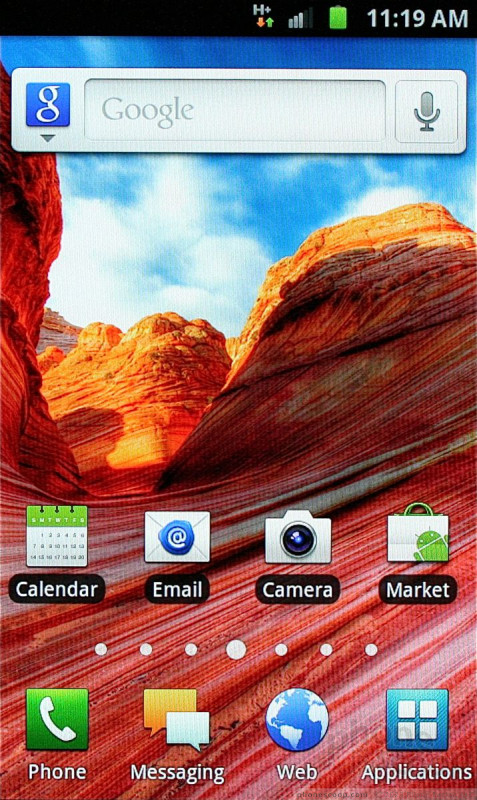




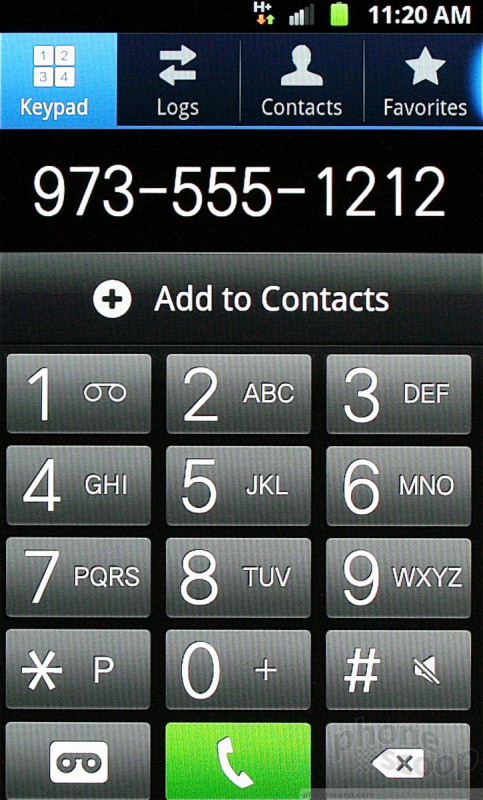



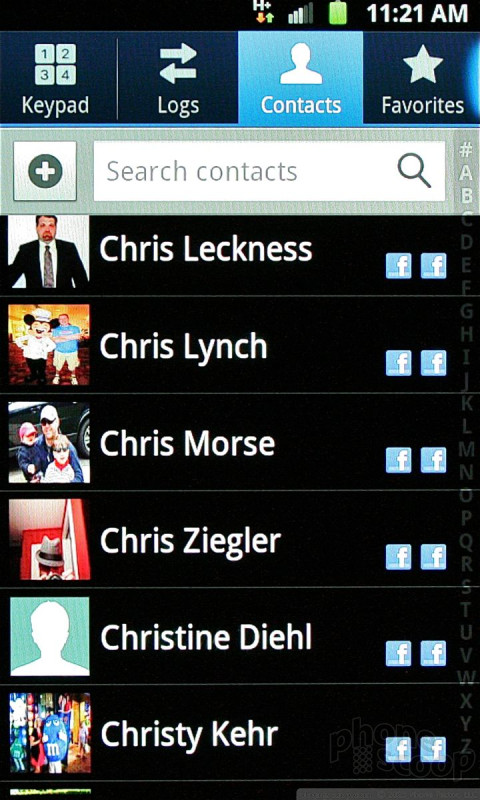







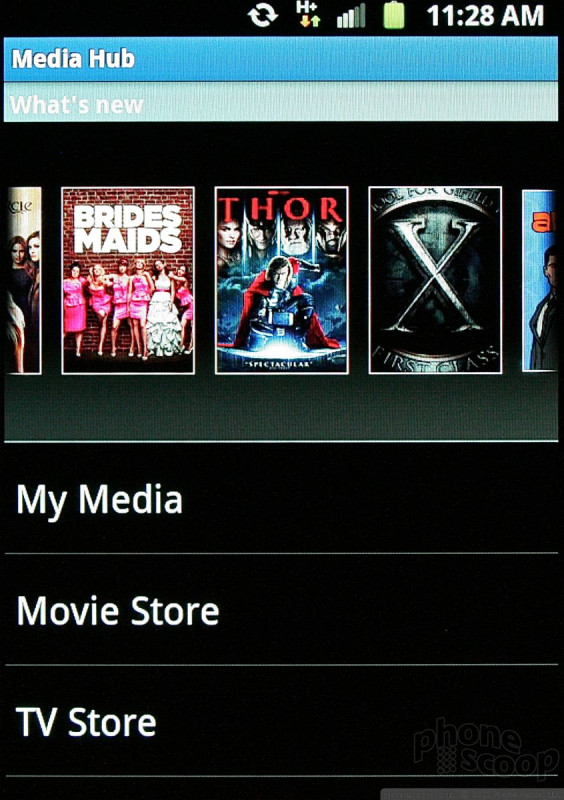



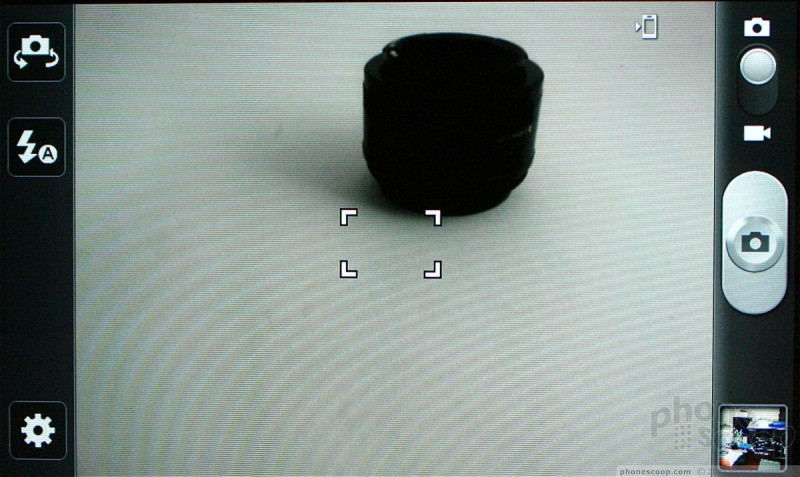



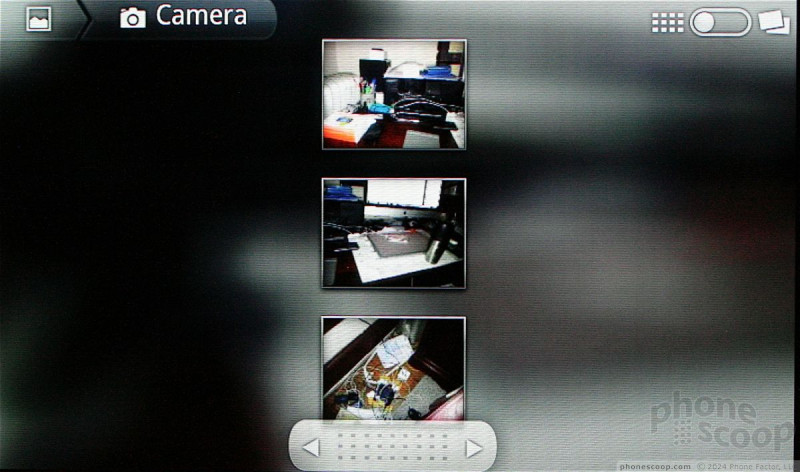



















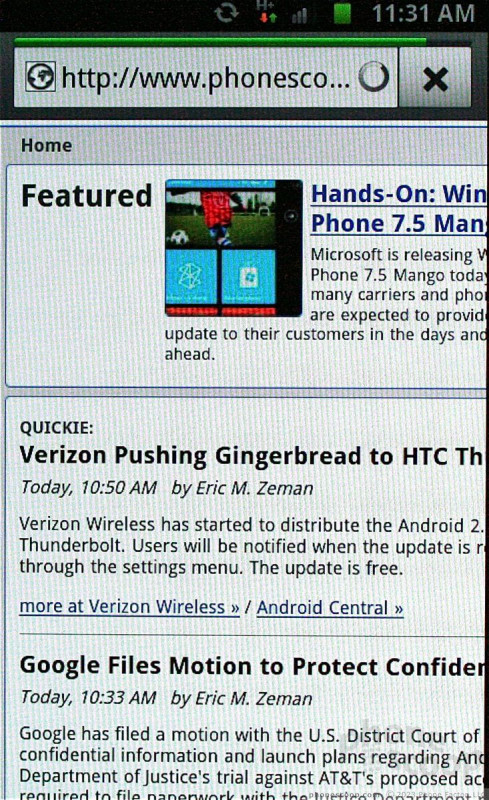



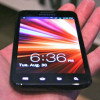 Hands-On: Samsung Galaxy S II and Epic 4G Touch
Hands-On: Samsung Galaxy S II and Epic 4G Touch
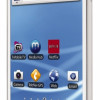 T-Mobile Scores White Samsung Galaxy S II
T-Mobile Scores White Samsung Galaxy S II
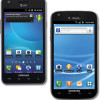 Samsung Galaxy S II Coming To AT&T, T-Mobile
Samsung Galaxy S II Coming To AT&T, T-Mobile
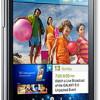 Samsung Galaxy S II Packs 21Mbps HSPA+ , Gingerbread
Samsung Galaxy S II Packs 21Mbps HSPA+ , Gingerbread
 Samsung Galaxy S II / SGH-i777
Samsung Galaxy S II / SGH-i777



